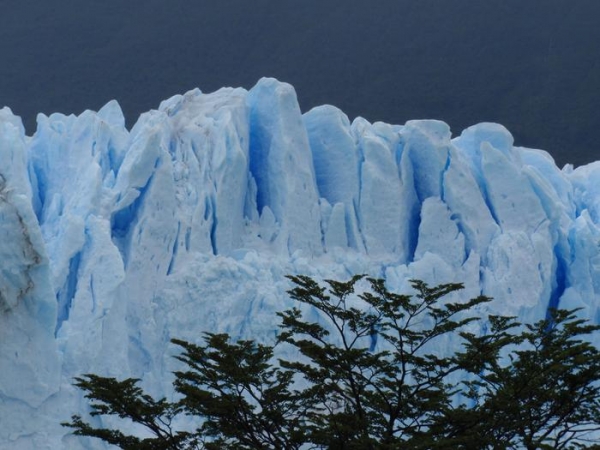Before making predictions, Troch and his collaborators looked back in time. They used an equation that, when plugged into NASA’s ice-sheet and sea-level system model, simulated glacial dynamics for the past six millenia. The results showed that precipitation, not temperature, was the main culprit of glacier fluctuation during around 4,500, of the past 6,000 years, or 76 percent of the time. In more recent years, increased snowfall protected the glaciers from rising global temperatures.
These simulations were hyper-focused. The researchers singled out three connected glaciers on the wetter, ocean-facing side of the Patagonia range in Southern Chile. The region came with a distinct scientific advantage. In 2005, a team aboard the American research vessel Nathaniel B. Palmer collected a sediment core from a nearby fjord. Troch and his collaborators got their hands on the sediment core and used it to validate and refine their model. In essence, they had a physical piece of evidence to provide proof that they were on the right track.
Once they had reconciled the numerical model with the sediment core, the researchers began to ask questions about the future. In particular, they were interested in what would happen to the glaciers under different emissions scenarios. If humanity stopped burning fossil fuels today, would the glaciers remain protected? What if we continued to increase our greenhouse gas emissions?
Read more at: University of Colorado Boulder
The ice front of a glacier in southern Patagonia (Photo Credit: Henning Åkesson)
Sci/Tech Top Stories Climate

